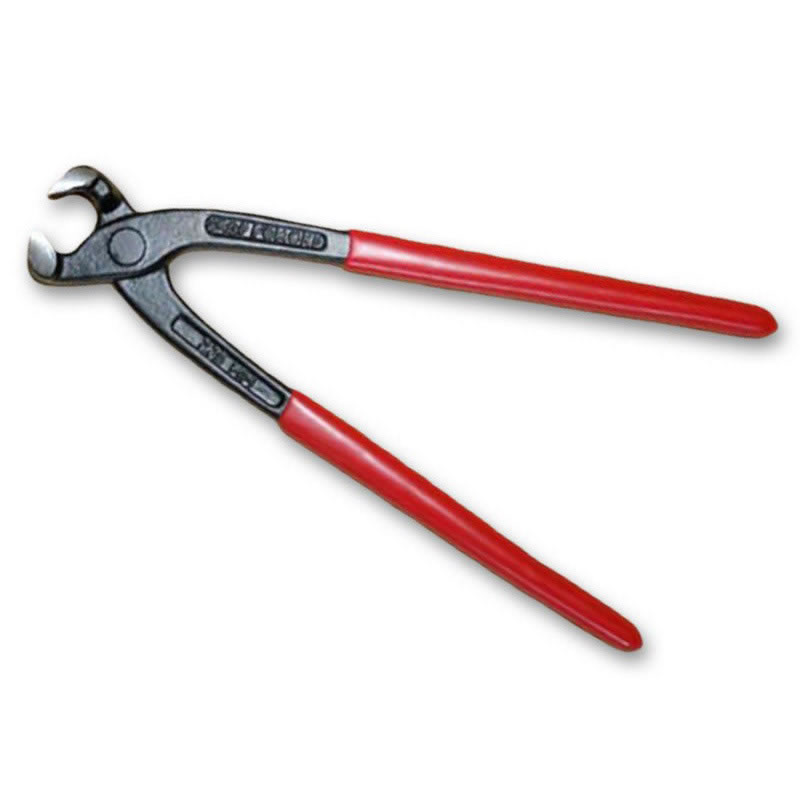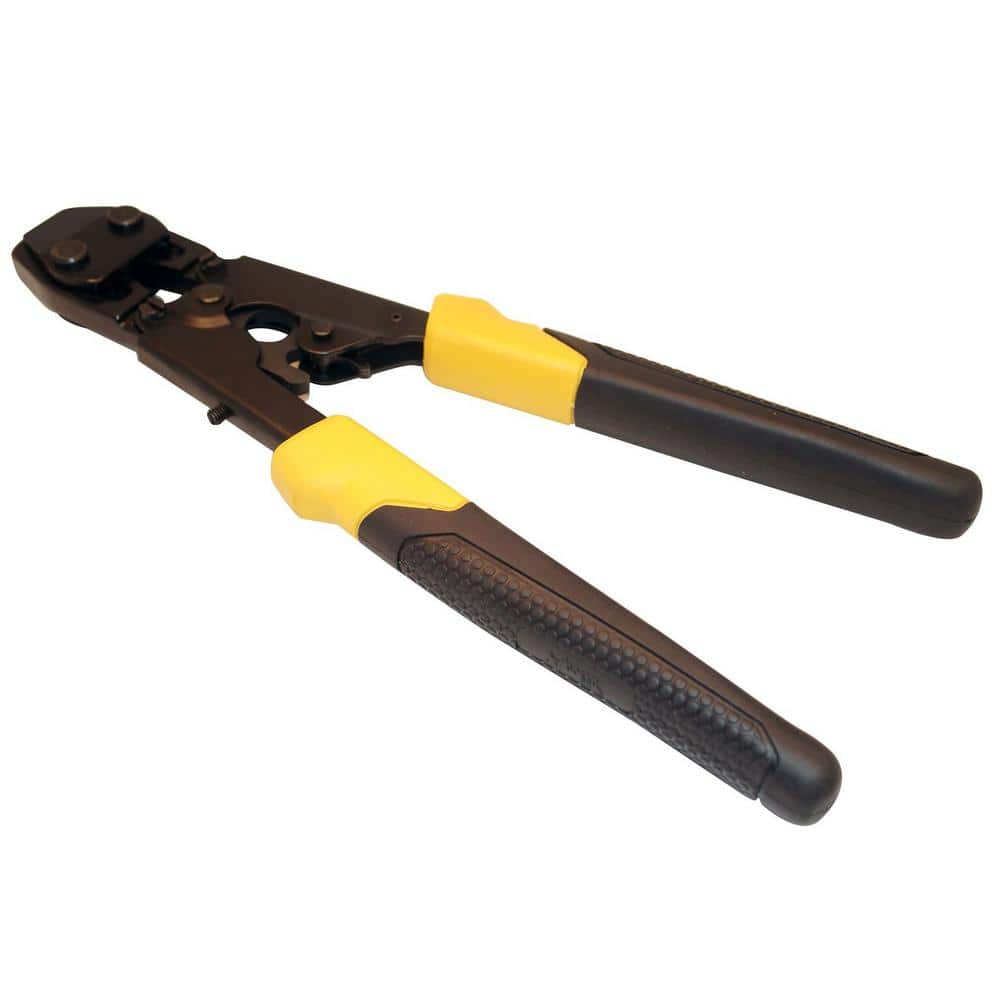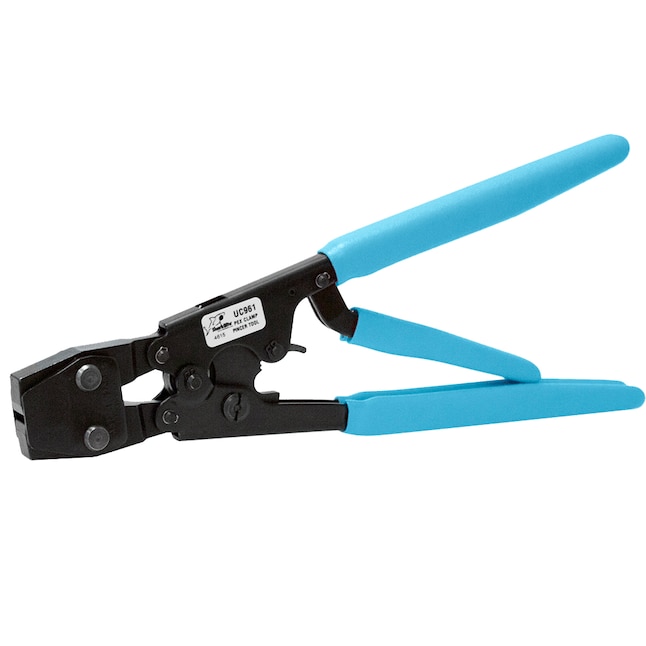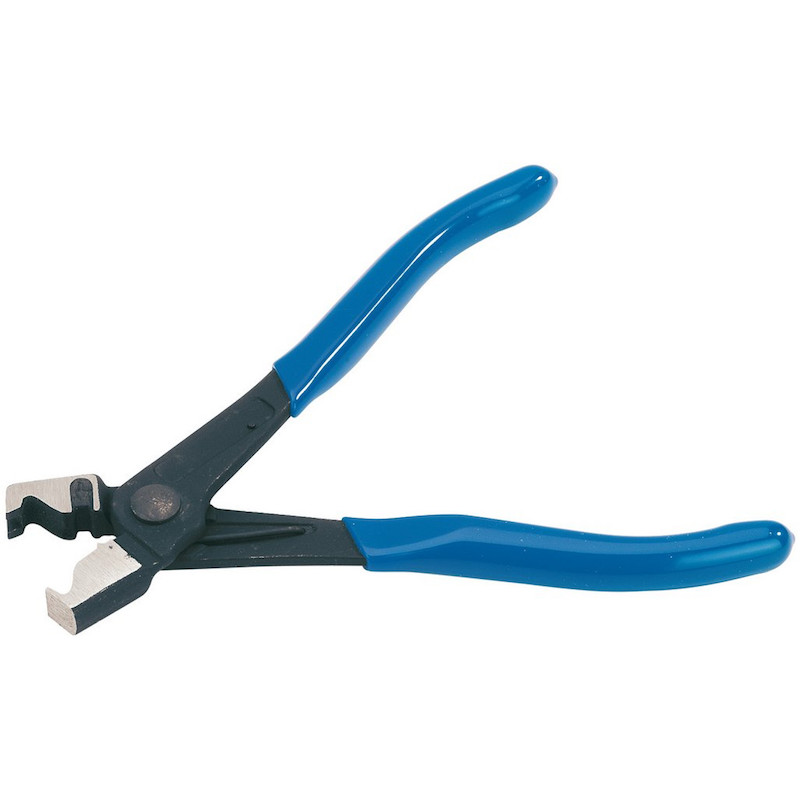Introduction
Clamp tools are indispensable devices in woodworking and various other applications, providing essential support, stability, and precision in a wide range of tasks. From securing workpieces during cutting and assembly to facilitating intricate gluing and clamping operations, these tools are fundamental to achieving professional-quality results. In this comprehensive guide, we will explore the diverse types, applications, and essential features of clamp tool, illuminating their vital role in woodworking and beyond.
Part 1: Understanding the Fundamental Functions of Clamp Tools
Level 1: The pivotal role of clamp tools in woodworking and other applications.
Clamp tools serve as vital components in woodworking and various disciplines, providing essential clamping force to hold workpieces firmly in place during cutting, shaping, gluing, and assembly operations. They offer stability, precision, and control, ensuring accurate and secure work across a multitude of tasks.
Level 2: Exploring the diverse applications of clamp tools in woodworking and related trades.
From edge gluing and panel assembly to securing jigs and fixtures, clamp tools find application in a broad spectrum of woodworking tasks. In addition to woodworking, they are indispensable in metalworking, welding, automotive repairs, and DIY projects, demonstrating their versatility and utility across various industries and hobbies.
Part 2: Types and Varieties of Clamp Tools
Level 1: An overview of the different types and styles of clamp tools available.
Clamp tools come in a variety of styles, including bar clamps, pipe clamps, C-clamps, quick-release clamps, spring clamps, and parallel clamps, each tailored to specific applications and workpiece requirements. Understanding the features and capabilities of each type is essential for selecting the right tool for the task at hand.
Level 2: Delving into the unique features and advantages of specific clamp tool varieties.
Each type of clamp tool offers distinct features and benefits, such as extended reach, deep clamping capacity, rapid adjustment mechanisms, and specialized jaw designs, tailored to accommodate specific workpiece dimensions, materials, and project requirements. Familiarity with the attributes of each type empowers users to make informed choices for their clamping needs.
Part 3: Essential Considerations for Selecting Clamp Tools
Level 1: Key factors to consider when choosing clamp tools for woodworking and other applications.
Critical considerations such as clamping force, throat depth, jaw capacity, and construction materials impact the selection of clamp tools. Understanding the specific demands of a project, such as workpiece size, material composition, and the required level of clamping pressure, ensures the appropriate tool is chosen for optimal results.
Level 2: Assessing the features and qualities that define high-quality clamp tools.
When evaluating clamp tools, factors such as durability, stability, ease of use, and precision are paramount. High-quality clamp tools are characterized by robust construction, reliable clamping mechanisms, ergonomic handles, and a smooth, secure operation that instills confidence and facilitates efficient workflow.
Part 4: Techniques and Best Practices for Using Clamp Tools
Level 1: Key techniques for employing clamp tools effectively in woodworking and related activities.
Mastering fundamental techniques such as evenly distributed clamping pressure, proper alignment, and strategic placement of clamps ensures workpiece stability and minimizes the risk of warping, with precision and care being critical for successful outcomes, particularly in glue-ups and demanding joinery tasks.
Level 2: Best practices for optimizing the functionality and performance of clamp tools.
Adhering to best practices, including selecting the appropriate clamp type, applying consistent pressure, and addressing potential clamping interferences or slippage, enhances the effectiveness of clamp tools. Understanding the limitations and capacities of different clamps enables users to maximize their utility and achieve professional-grade results.
Part 5: Maintaining and Caring for Clamp Tools
Level 1: The importance of regular maintenance and care for prolonging the lifespan of clamp tools.
Proper maintenance, including routine cleaning, lubrication of moving parts, and periodic inspections for wear or damage, preserves the functionality and longevity of clamp tools, ensuring they remain reliable and efficient across various projects and applications.
Level 2: Tips for prolonging the life and performance of clamp tools through appropriate care.
Implementing preventive measures, such as storing clamps in a dry environment, examining components for signs of wear, and addressing issues promptly, safeguards the integrity and performance of clamp tools, reducing the risk of malfunction and maintaining their effectiveness over time.
Part 6: Advanced Applications of Clamp Tools
Level 1: Exploring specialized applications and advanced uses of clamp tools in woodworking and beyond.
Clamp tools find advanced applications in intricate woodworking projects, such as luthiery, cabinetry, and furniture making, where precision, stability, and controlled pressure are critical. In addition, they are invaluable in complex metalworking tasks, including welding, fabrication, and specialized machining operations. Understanding these advanced uses expands the scope of clamp tool applications in diverse industries.
Level 2: Showcasing innovative clamp tool adaptations for unique tasks and specialized projects.
Innovations such as corner clamps, edge clamps, and customized fixtures expand the versatility of clamp tools, enabling users to address unique workpiece shapes, angles, and dimensions. Their adaptability facilitates complex joinery, frame construction, and specialized assemblies, enhancing the capabilities of clamp tools in addressing challenging projects with precision and efficiency.
Part 7: Safety Considerations and Ergonomics in Using Clamp Tools
Level 1: Prioritizing safety measures and ergonomic considerations when employing clamp tools in various applications.
Adhering to safety guidelines, including wearing appropriate personal protective equipment and ensuring a clutter-free work area, is essential when using clamp tools. Additionally, ergonomic considerations such as maintaining proper posture, leveraging aids for heavy clamping tasks, and employing clamps with comfortable handles promote user safety and well-being.
Level 2: Implementing safety protocols and ergonomic practices for optimizing the user experience with clamp tools.
Standardizing safe work practices, such as identifying load capacities, leveraging assistive equipment for heavy clamping operations, and taking regular breaks to prevent strain or fatigue, fosters a secure and ergonomic working environment. Prioritizing safety and ergonomics in clamp tool usage promotes a healthy and efficient workflow while minimizing the risk of injuries or strain.
Part 8: Advancements and Innovations in Clamp Tool Technology
Level 1: Surveying modern advancements and technological innovations in clamp tool design and functionality.
Technological advancements have led to the development of innovative clamp tools featuring intuitive mechanisms, enhanced clamping force, and integrated adjustability. Advanced materials, such as lightweight alloys and durable polymers, contribute to the evolution of clamp tool technology, improving handling, performance, and durability across a broad spectrum of applications.
Level 2: Showcasing cutting-edge clamp tools and emerging trends in the industry.
The incorporation of advanced materials, smart clamping mechanisms, and precision engineering characterizes the latest trends in clamp tool design. Digital calipers, automatic clamping systems, and smart clamping technologies represent future-oriented developments, signaling the continuous evolution and adaptation of clamp tools in response to industry demands and technological progress.
Collaborative advancements in clamp tool technology, including digital integration and IoT capabilities, are revolutionizing industrial applications. Smart clamping solutions offer real-time monitoring and remote control, enhancing efficiency and precision. Furthermore, sustainable materials and eco-friendly practices are shaping the future of clamp tool manufacturing, prioritizing environmental responsibility.
Conclusion
Clamp tool is indispensable asset in woodworking, metalworking, fabrication, and a myriad of do-it-yourself and professional tasks, providing essential support, stability, and precision. Their diverse types, applications, and pivotal role in achieving quality outcomes underscore their value as fundamental tools in various industries and creative endeavors. Understanding their features, functions, and best practices for selection and utilization is essential for harnessing their versatility and unleashing their potential across a spectrum of projects and trades.



